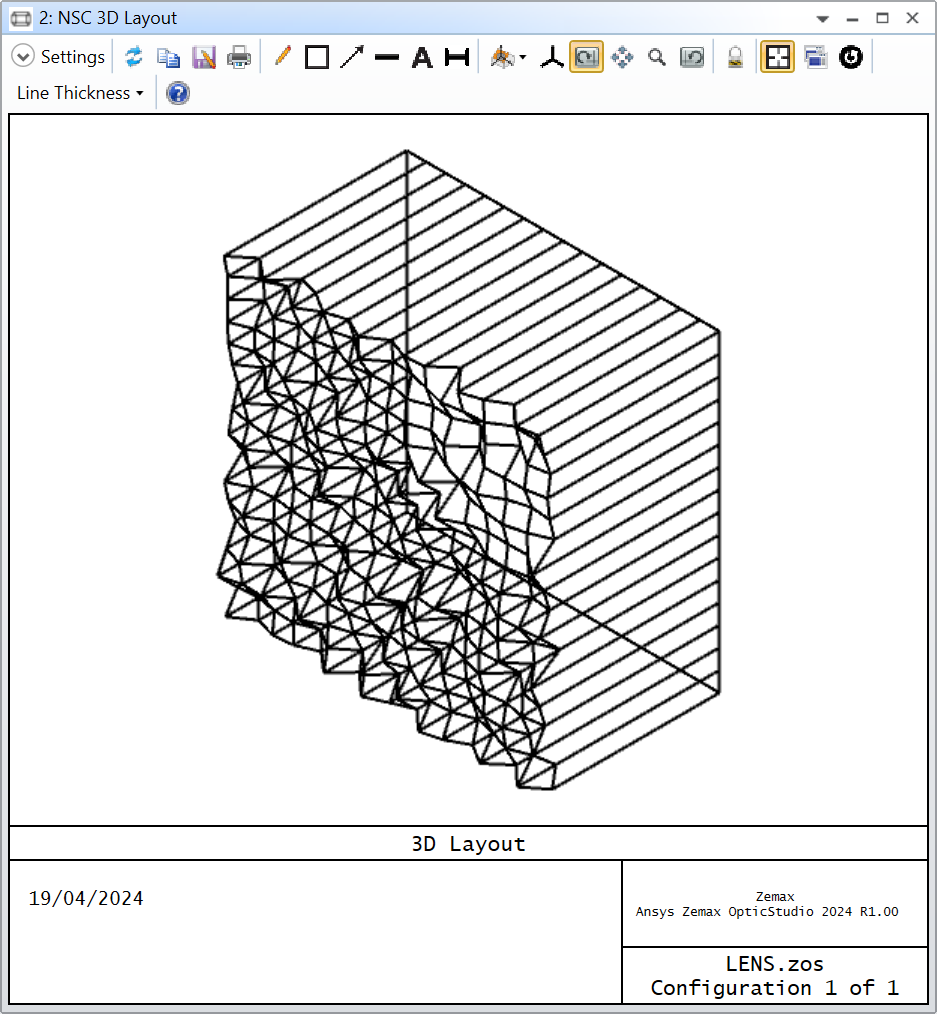Dear experts,
I'm working on a project in Non-Sequential Mode (NSM), involving a multiple pass optical cell with concave mirrors coated in gold. Can I adjust the surface flatness of these mirrors to values like λ/8 or λ/2 in NSM? If so, how? And if not, what is the default surface flatness in Zemax NSM? Any insights would be greatly appreciated. Thanks!
Best regards
Umar
Question
Adjusting Concave Mirror Surface Flatness in Zemax Non-Sequential Mode
Enter your E-mail address. We'll send you an e-mail with instructions to reset your password.






